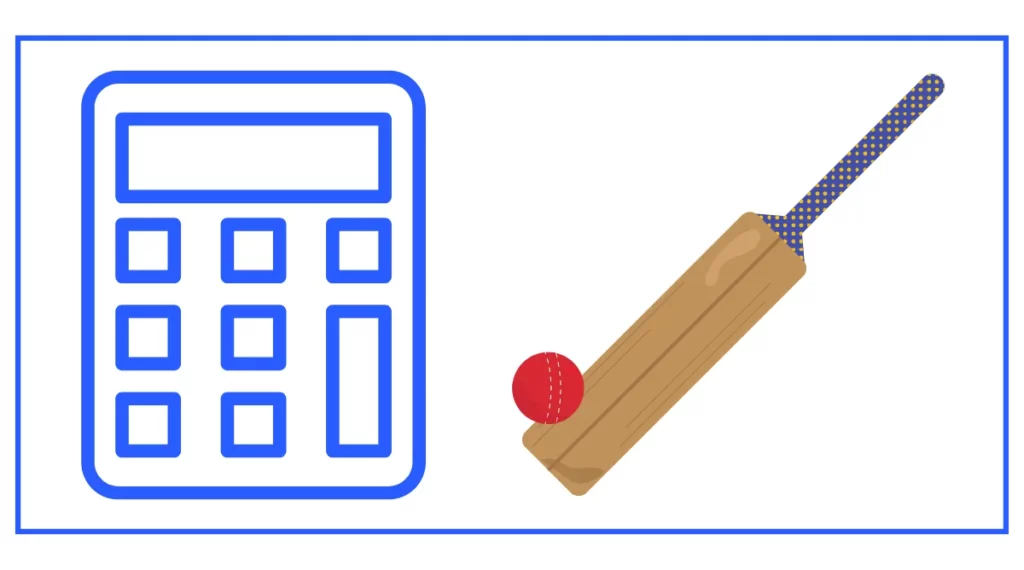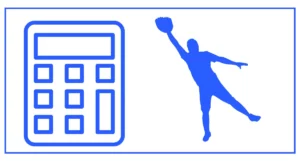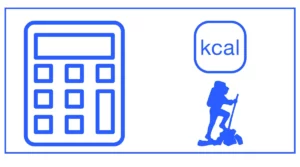Follow on Calculator
This calculator allows you to find out whether a team can enforce the follow-on or not in cricket.
The Follow on calculator allows you to choose the match type ( Five days, four-day, three-day, two-day, and one day). All you need to do is enter the scores.
The follow-on rule in the test is quite complex like the Net rate, however, we have made it easy for you.
Whether you want to find the follow-on score to enforce the follow-on or you are worried that opponents will force follow-on. Simply find the score and work hard to avoid it. You can do it!

What is the Follow-On Rule in Cricket?
The follow-on rule is a crucial aspect of test cricket and other multi-day cricket matches. It allows the team batting first to make the team batting second bat again immediately after their first innings, provided certain conditions are met. This rule adds an interesting strategic element to the game and can significantly impact the outcome of a match.
When Can a Team Enforce the Follow-On?
The ability to enforce the follow-on depends on the lead obtained by the team batting first and the duration of the match. Here are the general guidelines:
- In a five-day test match: The lead must be at least 200 runs
- In a four-day or three-day match: The lead must be at least 150 runs
- In a two-day match: The lead must be at least 100 runs
- In a one-day match: The lead must be at least 75 runs
It's important to note that enforcing the follow-on is optional. The captain of the team with the lead can choose whether to enforce it or not, based on various factors such as the state of the pitch, weather conditions, and team strategy.
Calculate Cricket Follow-On: Using the Cricket Follow-On Calculator
To make it easier for cricket fans to determine when a team can enforce the follow-on, we've created a user-friendly cricket follow-on calculator. This tool simplifies the process of calculating the follow-on, taking into account the runs scored by both teams and the duration of the match.
How to Use the Cricket Follow-On Calculator
- Enter the runs scored by Team 1 (the team that batted first) in their first innings.
- Enter the runs scored by Team 2 in their first innings.
- Select the match type (5-day, 4-day, 3-day, 2-day, or 1-day).
- Click the "Calculate" button.
The calculator will then display:
- The lead of Team 1 over Team 2
- Whether Team 1 can enforce the follow-on
- How many runs Team 2 needs to score to avoid the follow-on (if applicable)
This cricket follow-on calculator takes the guesswork out of determining whether a team can enforce the follow-on, making it an invaluable tool for cricket enthusiasts and even team captains.
The Importance of the Follow-On Rule in Cricket
The follow-on rule plays a significant role in the strategy of test cricket and other multi-day matches. It provides the team batting first with an opportunity to potentially win the match without having to bat again. This can be particularly advantageous when time is a factor, such as when weather conditions might limit play.
Strategic Considerations for Enforcing the Follow-On
While the follow-on calculator can tell you if a team is eligible to enforce the follow-on, the decision to do so involves various strategic considerations:
- Time remaining in the match: If there's plenty of time left, a captain might choose to bat again to build an even larger lead.
- Pitch conditions: If the pitch is deteriorating, enforcing the follow-on might give the bowling team an advantage.
- Bowler fatigue: Sometimes, captains might choose not to enforce the follow-on to give their bowlers a rest.
- Psychological impact: Enforcing the follow-on can put immense pressure on the batting team, potentially leading to a collapse.
- Weather forecast: If rain is expected, enforcing the follow-on might be the best chance to secure a win.
FAQs
Can the follow-on be enforced in all cricket formats?
The follow-on rule is primarily used in multi-day cricket matches, such as test matches and first-class cricket. It's not applicable in limited-overs formats like One Day Internationals (ODIs) or Twenty20 (T20) matches.
How often is the follow-on enforced in test cricket?
The frequency of enforcing the follow-on varies. In recent years, there's been a trend towards captains being more cautious about enforcing the follow-on, often preferring to bat again and set a large target.
Can a team still win if they're forced to follow on?
Yes, although it's rare. There have been instances in test cricket where teams have won after being forced to follow on. This is often referred to as "winning after following on" and is considered a remarkable achievement.
How does the Duckworth-Lewis method affect the follow-on rule?
The Duckworth-Lewis method is primarily used in limited-overs cricket and doesn't directly affect the follow-on rule, which is used in multi-day matches.






